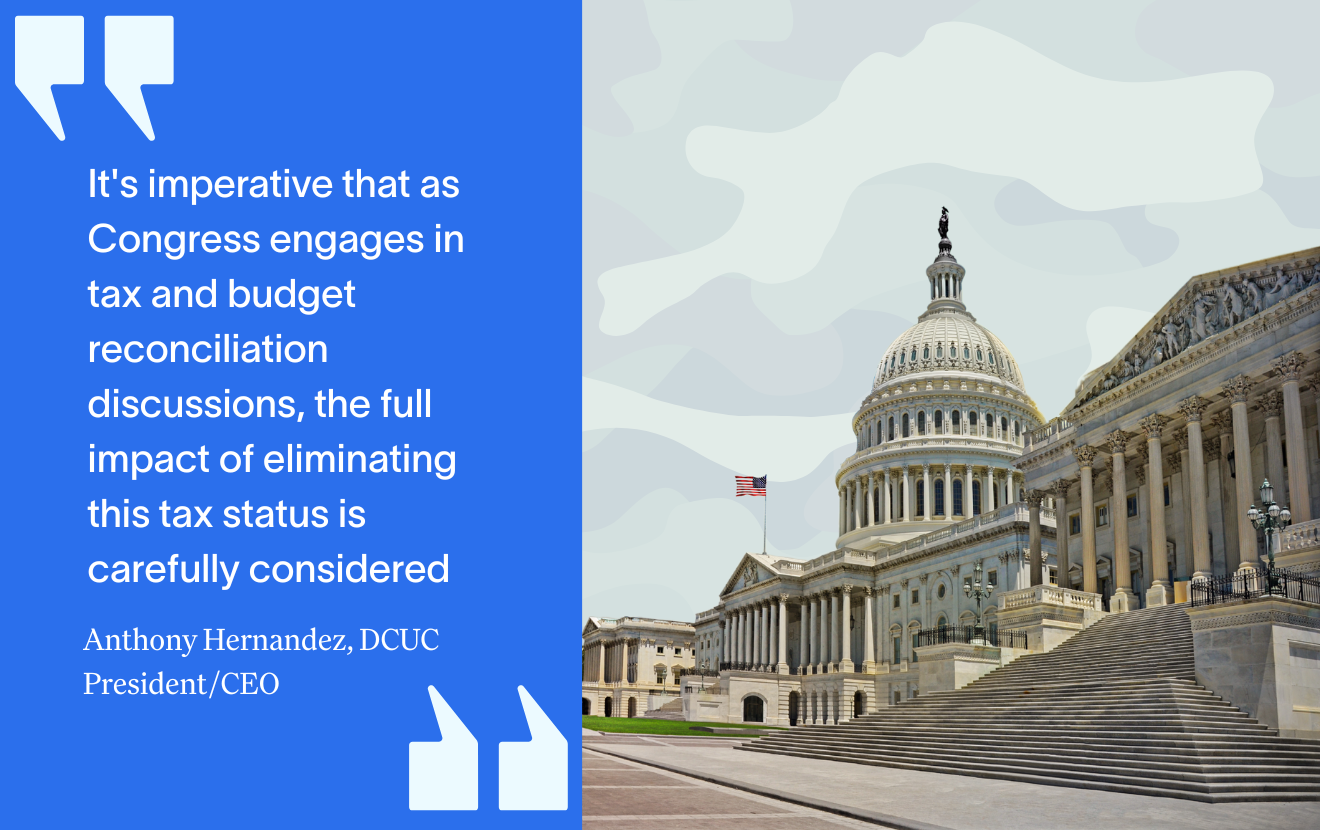Seeing smaller credit unions merge frustrates me. I believe a majority of mergers could be avoided if credit union leadership had decided to strategically pivot at the right time. Of course, there are mergers that happen because of succession challenges. And unfortunately, I feel there are too many mergers used as a retirement strategy (bad form in my opinion). But the closer I listen to credit union leaders and observe the strategies of credit unions that have lost their way – the more I see the absence of a timely strategic “pivot”.
Consider this – according to data from the NCUA, the credit union industry experienced 4.4% annual membership growth in the third quarter of 2022, compared to a year earlier. During the same period, credit unions with at least $1 billion of assets grew their memberships 8.1%. While the $100 to $500 million-asset group saw membership fall 4.3%.
This data screams for the need for a pivot! It’s time for leaders (of all asset sizes) to more carefully re-examine their growth strategies, to ensure they remain vibrant and relevant for the next 5 to 10 years.
The when and why to pivot
Credit union leaders should consider pivoting from their original plan under a wide range of potential conditions. Here are some common scenarios that may warrant a pivot:
- Market shifts in consumer need, preferences, expectations, emerging technologies, or disruptive competitors.
- Business model challenges: When the current business model is not generating sustainable revenue.
- Financial difficulties, such as declining loan margin, increasing operational expenses or decreasing fee and other income.
- Competitors pose a significant threat to the credit union's position.
- Strategic alignment when the credit union’s mission, vision and values have lost their meaning and are no longer relevant in the market they serve.
Anatomy of a successful credit union pivot
Members Credit Union (MCU), $40 million assets successfully pivoted during the past 5 years.
In 2016, CEO Kathy Chartier and her board of directors made a conscious decision to make a major pivot with regard to the credit union’s field of membership focus, pursuing a very different business model.
MCU was originally chartered to serve educators and it did so successfully for many years. However, over time it became more difficult to attract new members from a shrinking school district. At the same time, the community where the credit union is located became more affluent (Greenwich, CT). CEO, Kathy Chartier and her board didn’t want their credit union to go the way of many other smaller credit unions – and they were willing to change and work hard to ensure that MCU became relevant and successful again.
From 2012 to 2016 – membership growth was negative. In 2016, the year they committed to the big pivot, their net worth ratio was at 6.94%, net membership was negative -21.74%, ROAA was 0.41% and assets were $28.7 million.
The new pivot strategy began with an honest conversation about where the credit union could find consumers that were in need of a credit union. Through discovery, their sight landed on the those living on the other side of their county in Stamford, CT. A city with demographics that are the polar opposite of where the credit union was located near Greenwich, CT. Those living in Stamford were very different economically and culturally (many are minority and immigrants) from the those living in the Greenwich area.
A three-year business plan was created to reevaluate underwriting, marketing, translation, staff diversity, etc. MCU persisted to become a low income designated and CDFI credit union. They pursued secondary capital to support growth in the new market. They began offering ITIN accounts and loans for non-citizens and they earned the Juntos Avanzamos (Together we Advance) Designation to gain the trust of the Stamford area’s large and growing Hispanic community. 100% of their staff (including their CEO) became CUNA Certified Financial Counselors. Staff knocked on doors and found community partners that shared their same commitment to financial inclusion - this opened doors, to find new members, within the community.
It’s impossible to list all the work that went into the pivot over a three-year period in one or two paragraphs. There was a lot of hard work, some uncertainty and the occasional setback. But MCU leadership was committed to finding a way to grow, thrive and make a difference. The result of their pivot is remarkable:
- Since 2018 (third year of their 3-year plan) the annual average net membership growth is 3.21%. The annual average net loan growth is 10.75% - all organic and concentrated from Stamford and ITIN lending. Year-end capital in 2022 was 9.16% - even after a five-year annual average deposit growth of 10%. Earnings increased annually reaching 0.76% in 2022.
- For its work in community engagement, inclusive lending and serving underserved and immigrant consumers, MCU has earned 4 CDFI awards totaling $870,000. MCU has used this money to increase staffing with the right positions and experience, update technology and utilize a professional marketing firm to expand growth of their community development brand in and beyond Stamford to other communities.
- MCU’s board is very diverse today, as it better represents the community they serve, and its community outreach has attracted interested community leaders as board members.
- Member and community giveback is meaningful. During 2022, the credit union saved members $3 million by refinancing higher rate mortgage loans charged to immigrants by other financial institutions. During the past five years, hard-working immigrants found inclusive financial services. This access has helped them become more fully banked, avoid predatory financial services, save more, build credit, gain affordable access to transportation and housing. Their families and by extension their community are benefiting – materially – from credit union membership. MCU’s purpose focused effort is bearing fruit for the credit union, its members and its underserved and overlooked communities.
Why it matters
A small credit union example was used for this article because if a small credit union leader can successfully pivot, with the lowest level of capacity, any credit union leader can.
If you’re looking for non-credit union pivot examples, there are plenty in the business world. Consider Netflix that pivoted from a DVD rental by mail service to online streaming content. Amazon, another that began as an online bookstore. They transformed into the massive commerce platform, cloud computing provider they are today.
Pivoting allows a credit union to adapt and explore new opportunities, often with the aim of improving its competitive position or addressing challenges. It may involve making significant changes to the credit union's strategy while leveraging existing resources, capabilities, and strengths.
A purposeful pivot allowed MCU to evolve from low relevance to a prospering organization that is considered a U.S. credit union best practice. Today, larger credit union leaders seek out MCU’s team to learn how they did it, so they can replicate it at their credit union.
The credit union movement’s original purpose of “serving people of modest means” remains relevant today with “financial well-being for all”. However, the environment credit unions operate in changes daily – credit union leaders must have the ability to adapt and pivot to these changes to ensure they remain relevant and continue to prosper. Failure to pivot is the leading cause of too many credit union charters. Credit union leaders can and need to do better.







